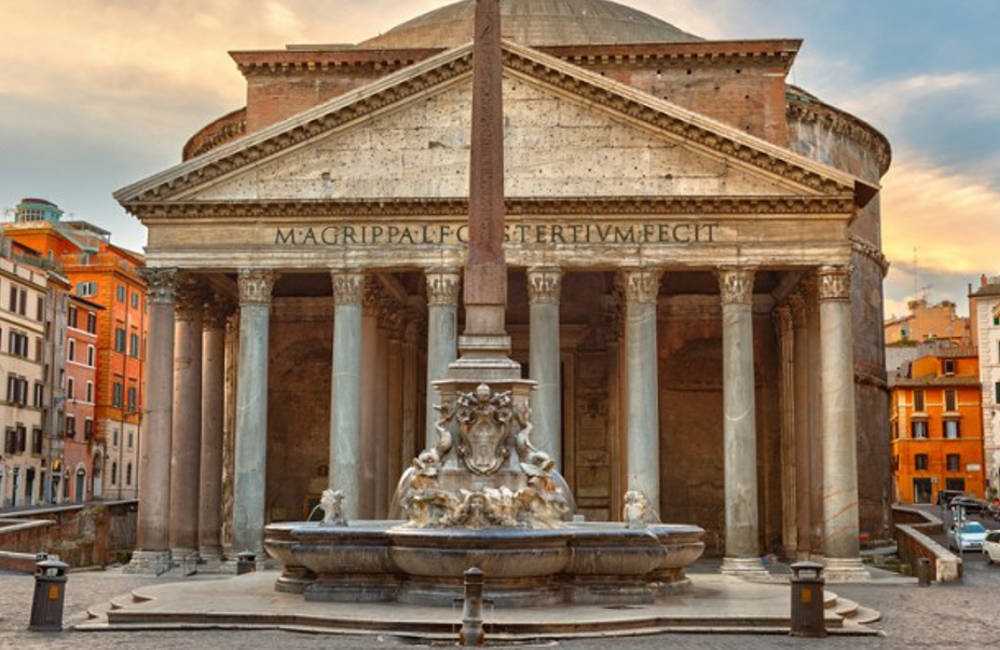The Pantheon: A Timeless Wonder
The Pantheon in Rome stands as a testament to the ingenuity and architectural prowess of ancient Roman civilization. Originally built as a temple for all Roman gods, it has survived through centuries, adapting to various roles while maintaining its grandeur. For anyone interested in history, architecture, or engineering, the Pantheon offers a fascinating glimpse into the past and remains a must-visit landmark.
Architectural Brilliance
The Pantheon is renowned for its architectural innovation, particularly its massive dome, which was an engineering marvel of its time. The dome, with a diameter of 43.3 meters, remains the largest unreinforced concrete dome in the world. Its design includes a central opening, or oculus, which is 8.2 meters in diameter, allowing natural light to illuminate the interior. This feature not only serves a practical purpose but also creates a spiritual ambiance, symbolizing the connection between the temple and the heavens.
The building’s structure is a perfect example of Roman engineering. The use of concrete, a relatively new material at the time, allowed for the creation of such a large and open space without internal supports. The walls are thick and robust, tapering as they rise to support the weight of the dome. The Pantheon’s portico, with its 16 massive Corinthian columns, adds to its majestic appearance, inviting visitors to step into a space that has been meticulously designed and constructed.
Historical Significance
The Pantheon has a rich history that reflects the evolution of Rome itself. Originally commissioned by Marcus Agrippa during the reign of Augustus, it was later rebuilt by Emperor Hadrian around 126 AD after the original structure was destroyed by fire. Hadrian’s Pantheon was dedicated to all Roman gods, which is reflected in its name, derived from the Greek words “pan” (all) and “theos” (gods).
Over the centuries, the Pantheon has served various purposes. In the 7th century, it was converted into a Christian church, which played a crucial role in its preservation. This transformation helped protect the building from the neglect and destruction that befell many other ancient Roman structures. Today, it remains an active church, known as the Basilica of St. Mary and the Martyrs, and hosts regular religious services.
Visiting the Pantheon
For those planning a visit, the Pantheon is conveniently located in the heart of Rome, making it easily accessible from other major attractions. Entry is free, although donations are appreciated to help with maintenance and preservation efforts. The best time to visit is early in the morning or late in the afternoon to avoid the crowds and fully appreciate the serene atmosphere.
Inside, visitors can admire the stunning interior, which includes a series of niches and altars, as well as the tombs of notable figures such as the artist Raphael and several Italian kings. The floor, made of colorful marble, is a masterpiece in itself, showcasing the Romans’ skill in decorative arts.
When visiting, take a moment to stand beneath the oculus and experience the play of light and shadow that changes throughout the day. This simple yet profound feature connects visitors to the ancient world, offering a moment of reflection and awe.
